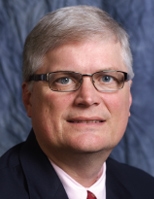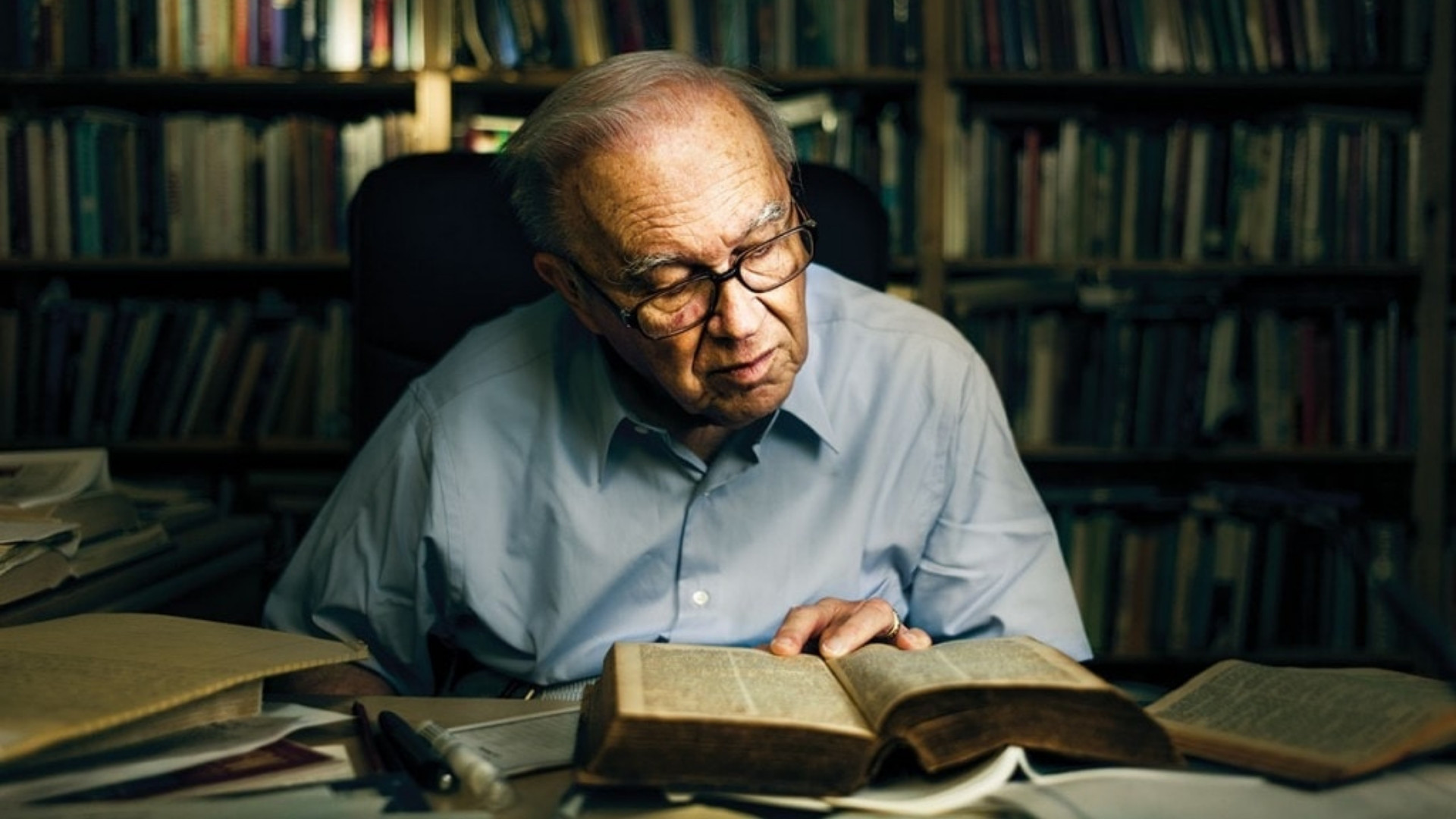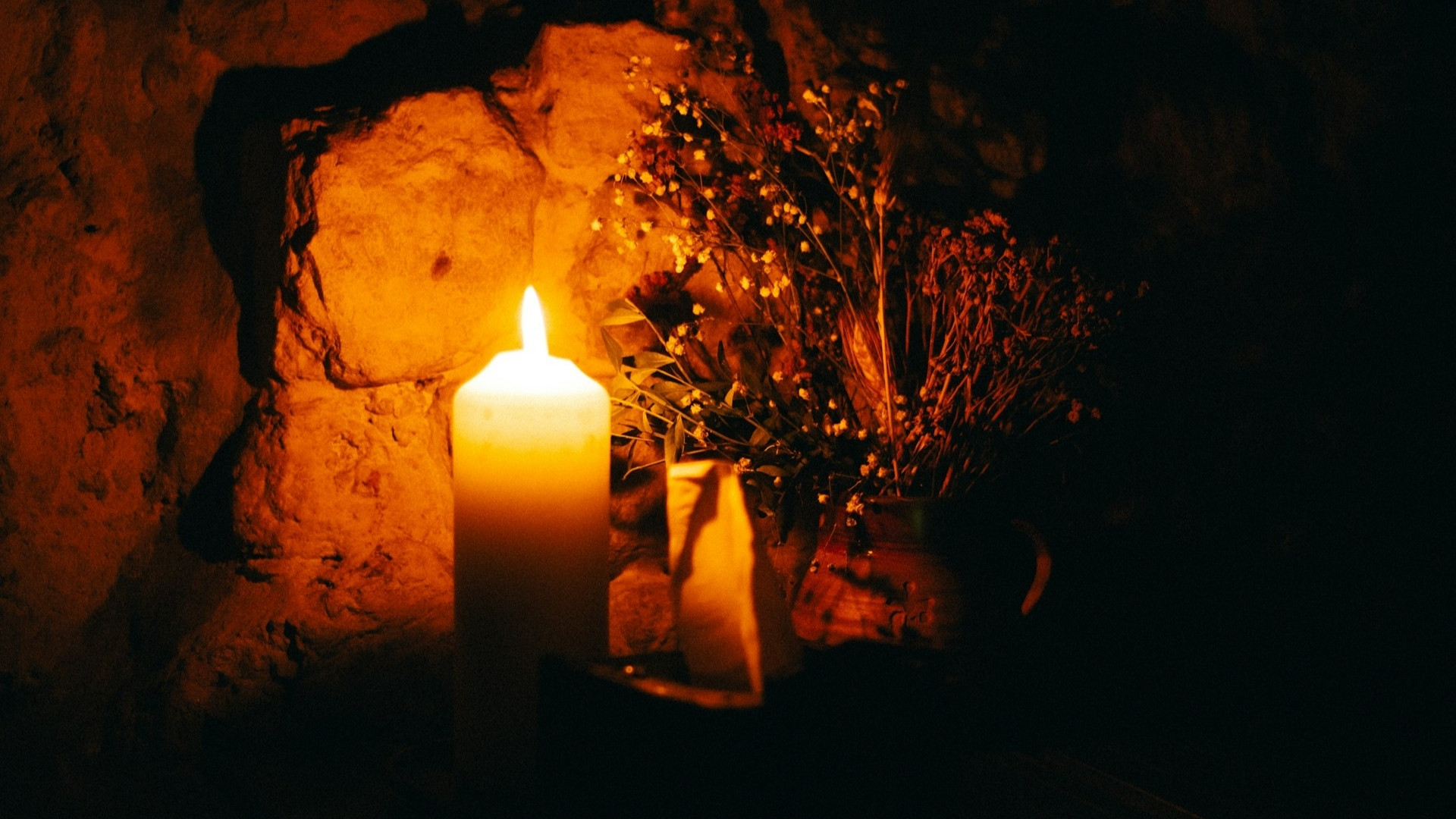John E. (Jay) Phelan Jr. is senior professor of theological studies at North Park Theological Seminary. He blogs at additionalmarkings.blogspot.com.
[divider type=”dotted”]
The news for American Christianity is not good. The newspapers are filled with tales of squabbles and contractions. The once mighty mainline has seen its numbers shrink as battles over human sexuality continue unabated. Every week, it seems, another mini-denomination is formed. And like rapidly dividing cells, even these groups cannot avoid further splits. A few months ago a group of Anglicans that had put themselves under the care of an African church broke off from it over money. Even the mighty Southern Baptist Church has seen erosion in its numbers. The Roman Catholic Church has only grown in recent years because of the influx of immigrants. On both the Catholic and Protestant right (particularly within the Reformed and Calvinist tradition) theology and behavior are being more narrowly circumscribed. The walls are being built higher. The gates are defended more fiercely.
 We are hearing the death rattle of a movement that began as Christians grew in numbers and influence in the Roman Empire. As bishops became powerful and wealthy they were able to influence society and enforce their convictions both theological and moral. Eventually both church and state consolidated power in such a way that theological and political enemies were marginalized. Creeds became instruments of exclusion rather than tools for instruction. This was not changed all that much within the mainstream of the Reformation. The Protestant state churches of Europe continued to exercise power to determine the religious destiny of every person within a given state and to exclude those who threatened the religious homogeneity. It was the so-called Radical Reformers and, somewhat later, the Pietists who challenged this approach to religious life. They were suspicious of the creeds, not because they were inaccurate descriptions of the church’s belief, but because they could become tools of state coercion and did not necessarily reflect the biblical record. Pietists rejected the theological anathemas hurled by both Catholics and Protestants. They were more concerned with following Jesus than getting the approval of the theologians in Rome, Geneva, or Augsburg.
We are hearing the death rattle of a movement that began as Christians grew in numbers and influence in the Roman Empire. As bishops became powerful and wealthy they were able to influence society and enforce their convictions both theological and moral. Eventually both church and state consolidated power in such a way that theological and political enemies were marginalized. Creeds became instruments of exclusion rather than tools for instruction. This was not changed all that much within the mainstream of the Reformation. The Protestant state churches of Europe continued to exercise power to determine the religious destiny of every person within a given state and to exclude those who threatened the religious homogeneity. It was the so-called Radical Reformers and, somewhat later, the Pietists who challenged this approach to religious life. They were suspicious of the creeds, not because they were inaccurate descriptions of the church’s belief, but because they could become tools of state coercion and did not necessarily reflect the biblical record. Pietists rejected the theological anathemas hurled by both Catholics and Protestants. They were more concerned with following Jesus than getting the approval of the theologians in Rome, Geneva, or Augsburg.
John Howard Yoder argues that this so-called “free church” tradition amounted to a return to a more Jewish approach to religious life. Judaism was characterized by:
- the phenomenon of the synagogue – a decentralized, self-sustaining, non-sacerdotal community life form capable of operating on its own wherever there are ten households;
- the phenomenon of Torah – a text (that is at once both narrative and legal) around which a community forms as it gathers to read and exposit; and
- the phenomenon of the rabbinate – a non-sacerdotal, non-hierarchical, nonviolent leadership elite whose power is not civil but intellectual, validated by their identification with Torah (from The Jewish-Christian Schism Revisited, Eerdmans, 2003).
The heart of the free church movement, like Judaism, was not the state church or the national denominiation, but the local community. For the Pietists it was a phenomenon of the home where people gathered to pray, sing, and read Scripture together. It focused not simply on “orthodoxy,” right thinking, but on “orthopraxy,” right acting. It encouraged the development of a way of life, not simply a way of thinking. It was more concerned about whether one understood what it meant to follow Jesus than whether one understood the nature of the atonement. Like the synagogue, then, it focused on the close reading of the biblical text and careful reflection on the divine commands. It was led by people who had read carefully and reflected long upon the meaning and significance of those texts and whose lives reflected their intention to follow Jesus’s commands however difficult and counterintuitive they appeared to be.
Perhaps the resurrection of the American church lies here – in the re-engagement of Jesus followers with their core texts. These texts, both Old and New Testament, spell out a way of living that runs against the grain of our authoritarian and hierarchical political, intellectual, and religious cultures. As Pietists, as free church people, we would do well to emulate the careful reading and reflection on the meaning and significance of texts we see in the rabbis. We would also do well to emulate them in their willingness to let alternative readings stand alongside the more traditional and settled readings. We would do well, like them, to leave the culture of dissent alive – this is not only our Jewish heritage, but our Protestant heritage. I believe that if American Christianity is to revive, it will not be revived from the top down, but from the bottom up. It will be revived by people in all our diverse traditions who return to reading our texts and living our texts and loving our enemies—even our ecclesiastical ones. As heirs of the Pietist and free church tradition we would do well to remember this.














